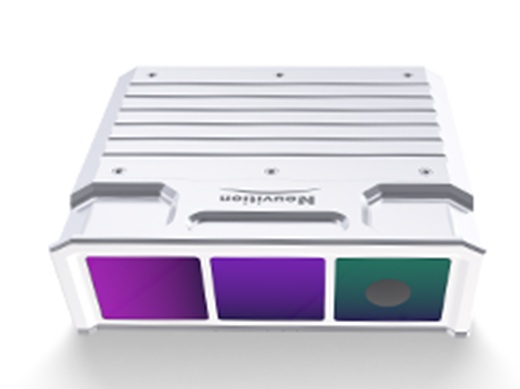
What is Drone Collision Avoidance System
A Drone Collision Avoidance System is a technology that enables drones to detect and avoid obstacles in their flight path. This system uses sensors such as cameras, lidar, radar, or ultrasonic sensors to scan the surroundings and identify potential hazards. When an obstacle is detected, the system can either alert the drone operator or autonomously adjust the drone's flight path to avoid a collision. By implementing a Drone Collision Avoidance System, the risk of accidents and collisions during drone operations can be significantly reduced, ensuring safer and more reliable flights.
Why Drone Collision Avoidance System
A Drone Collision Avoidance System is essential for ensuring the safety and security of both drones and other aircraft in the airspace. With the increasing popularity of drones for various commercial and recreational purposes, the risk of collisions with other drones or manned aircraft has also risen. A collision avoidance system utilizes sensors, cameras, and algorithms to detect and avoid potential obstacles in the drone's flight path. By implementing such a system, operators can prevent accidents, protect valuable equipment, and comply with aviation regulations. Ultimately, the primary goal of a Drone Collision Avoidance System is to enhance safety and prevent potentially dangerous situations in the airspace.


Recent Technology Development of Drone Collision Avoidance System
Recent advancements in drone technology have led to the development of sophisticated collision avoidance systems that enhance safety and efficiency in unmanned aerial vehicles. These systems utilize a combination of sensors, cameras, and artificial intelligence algorithms to detect obstacles in the drone's flight path and autonomously navigate around them. By analyzing the surrounding environment in real-time, these systems can effectively prevent collisions with other drones, buildings, or natural obstacles. This technology has significantly improved the reliability and precision of drone operations in various industries, such as agriculture, construction, and surveillance. Overall, the continuous evolution of drone collision avoidance systems is revolutionizing the way drones are used and paving the way for safer and more widespread integration of drones into our daily lives. Brief answer: The recent technology development of drone collision avoidance systems has significantly enhanced the safety and efficiency of unmanned aerial vehicles by utilizing sensors, cameras, and AI algorithms to detect obstacles and autonomously navigate around them.
Applications of Drone Collision Avoidance System
Drone collision avoidance systems are crucial for ensuring the safe operation of drones in various applications. One key application is in the field of aerial photography and videography, where drones are used to capture stunning aerial shots. By incorporating collision avoidance systems, drone operators can fly their drones with more confidence, knowing that the risk of collisions with obstacles or other drones is minimized. Additionally, these systems are also valuable in industries such as agriculture, where drones are used for crop monitoring and spraying. The ability to detect and avoid obstacles allows for more efficient and precise drone operations, ultimately leading to improved productivity and safety. In summary, the applications of drone collision avoidance systems are diverse and essential for enhancing the capabilities and safety of drones in various industries.

Neuvition Collision Avoidance Systems for Railway
Our collision avoidance systems for railway are designed to enhance safety and prevent accidents on rail tracks. By combining our state-of-the-art LiDAR sensors with advanced software algorithms, we offer the following advantages:
Advantage
- Accurate detection and identification of obstacles in front of trains
- Real-time warning alerts to prevent collisions
- Integration with cameras and other sensors for comprehensive situational awareness
- Customizable solutions to meet specific railway requirements

Neuvition Collision Avoidance Systems for Automotive
Our collision avoidance systems for automotive applications are designed to improve road safety and enable autonomous driving capabilities. We offer the following benefits with our integrated LiDAR, Radar, and Camera solutions.
Advantage
- 360-degree detection and tracking of surrounding objects
- Advanced object recognition and classification
- Real-time decision-making for collision avoidance
- Seamless integration with existing vehicle systems

FAQ








Contact Us
If you have any questions or suggestions, please leave a message, we will get in touch with you within 24 hours!
